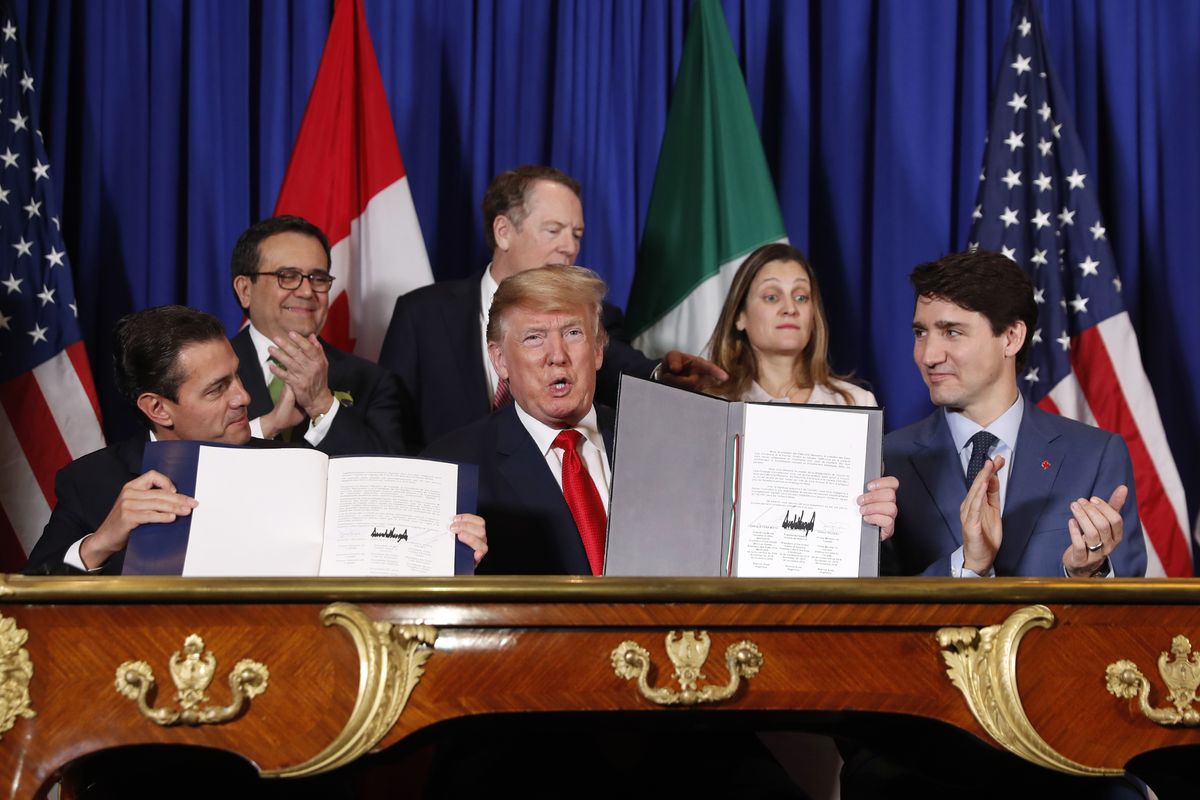A cornerstone of the 2016 elections was the North American Free Trade Agreement (NAFTA). Put simply, candidate Trump did not like it. He promised that upon his election he would replace it with a better deal, and as president he has been working toward just that. The United States Mexico Canada Agreement (USMCA) aims to create equity between the three nations previously missing from the original deal.
USMCA has had its share of supporters and detractors, as well as a number of bumps in the road. But last year at the G20 Summit in Argentina the leaders of the three countries signed the Agreement. Now each nation must ratify it for it to move forward.
Moving Forward
Last week a US International Trade Commission (USITC) released their findings after studying the potential strengths and weaknesses of the proposed bill. Overall, the report was a lot more optimistic than previous USMCA economic projections. According to USITC, should the deal go through, it would “raise U.S. real GDP by $68.2 billion (0.35 percent) and U.S. employment by 176,000 jobs (0.12 percent).”
 While there are a number of different trade sectors affected by USMCA, like Dairy, Labor, and Intellectual Property Rights, the make it or break it for the US looks to be cars. One of the many contentions in recent years has been the steady stream of auto manufacturing jobs sent down south.
While there are a number of different trade sectors affected by USMCA, like Dairy, Labor, and Intellectual Property Rights, the make it or break it for the US looks to be cars. One of the many contentions in recent years has been the steady stream of auto manufacturing jobs sent down south.
Part of the president’s promise had been that he would help strengthen the flagging auto industry and bring jobs back. Previously, under NAFTA, rules of origins (ROO) requirements for cars was that 62.5 percent of cars’ value needed to be made in the country of origin. Initially, Trump planned to increase the portions needed to 85 percent, but the final drafting brought it down to 75 percent, a 12.5 percent increase.
Looking at the USITC report, there’s additional good news for the industry: their projection for the next six years includes an increase of 30,000 jobs. Those jobs would be in parts and engine production.
Vehicle assembly in the US would decrease, however, which would lead to a rise in vehicle prices of about 1.6 percent. As a result, they’re expecting sales to drop by 140,000 units a year (1.25 percent). That said, the results of their report are a lot more optimistic than other projections.
Now, all that is left is for the agreement to be ratified. This may take some time as there are some who feel that USMCA is incomplete, specifically when it comes to advocating for Mexican workers’ rights. Current conditions for Mexican factory workers are way below those of US workers. The USITC report says that UMSCA could lead to a wage rise for those workers of 17.2 percent. But there are members of Congress who feel that much more could be done with the opportunity and will be lobbying for greater reforms.








